 You’ve probably noticed by now that our programs have something in common: marine debris! The story of how trash gets into our waterways, and what we can do to prevent and remove it, might be more complex than you think. Fortunately, we’ve got resources to shed light on the problem and solutions.
You’ve probably noticed by now that our programs have something in common: marine debris! The story of how trash gets into our waterways, and what we can do to prevent and remove it, might be more complex than you think. Fortunately, we’ve got resources to shed light on the problem and solutions.
“Marine debris” is the formal way we refer to trash in our waterways. Marine debris includes any solid material created by humans that directly or indirectly, intentionally or unintentionally, gets disposed of into a water environment. Although the word “marine” makes many people think of oceans, we still use “marine debris” to talk about trash in freshwater lakes, rivers, and streams.
Marine debris ranges from objects as large as vehicles to as small as plastic microbeads. The vast majority of marine debris comes from activities on land. Some marine debris gets discarded directly into a waterway from a beach or shoreline, but most debris has a longer journey. Locally, improperly disposed trash or “fly away” trash makes its way from our businesses and neighborhoods via ditches and storm drains into larger water bodies.
Our programs, Clean Your Streams and Get the Lead Out, focus on removing marine debris already in the environment, improving conditions for wildlife and recreation. To prevent marine debris from entering the environment in the first place, the easiest actions each of us can take include reducing our consumption of single-use items by making a switch to reusables, recycling items where possible, and making sure to dispose of trash properly.
When looking for ways to reduce our use of single-use items, some people start by doing a “trash inventory.” At the end of a week or a month, look through your garbage to see the biggest sources of trash are on your life. For some people, it might be snack food packaging, and making a conscious decision to buy bulk food could be a good option. For others, it might be delivery packaging. Some environmentally-conscious companies make an effort to package products sustainably or in wrappings that can be fully recycled, and it could be worth it to make the switch.
One of our area partners in the fight against waterway trash, Keep Toledo/Lucas County Beautiful, maintains a robust resource page with information on recycling both common and harder-to-recycle items.
When you have trash to be thrown away, make sure it goes into a sturdy bin with a lid. That way, it’s less likely to tip over or blow away. When you’re choosing a public bin, avoid bins that are already full or overflowing, since that trash is more likely to escape.



